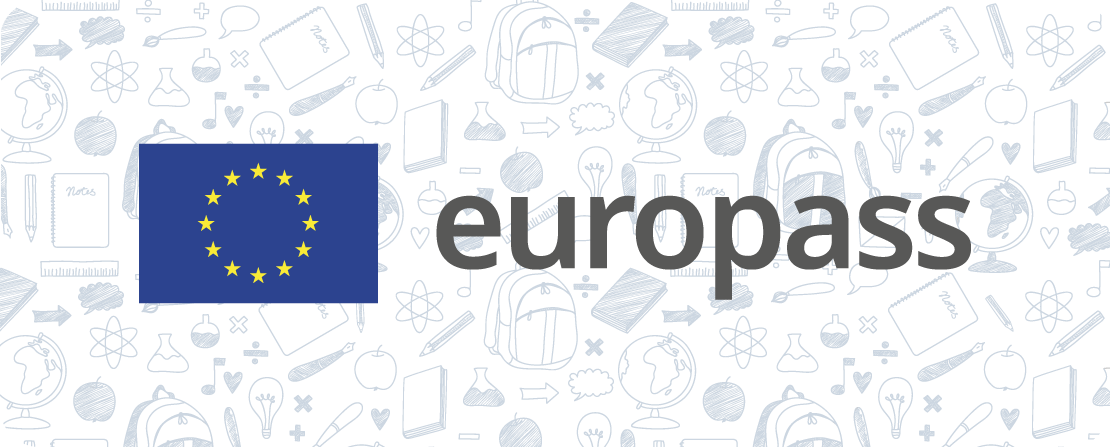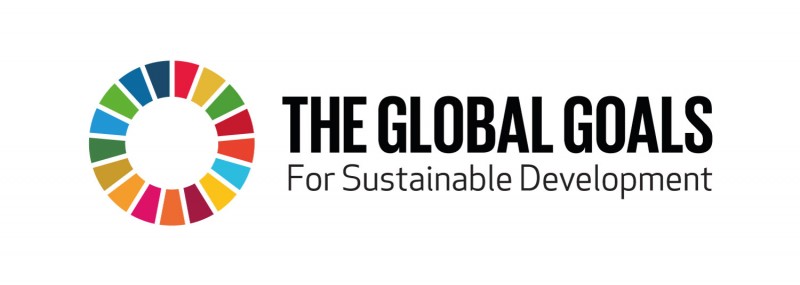The United Nations' (UN) International Human Solidarity
Day is annually held on December 20th to celebrate unity in diversity. It also
aims to remind people of the importance of solidarity in working towards
eradicating poverty.
On International Human Solidarity Day, governments are
reminded of their commitments to international agreements on the need for human
solidarity as an initiative to fight against poverty. People are encouraged to
debate on ways to promote solidarity and find innovative methods to help
eradicate poverty.
What can we do in our classrooms? I have chosen a couple of
practical classroom proposals for you:
1) A photo-teaching
resource that accompanies Think Global’s 2016- 17 Global Wallplanner. The theme
for this year’s wallplanner is Social and Solidarity Economy (SSE). This is a
movement that seeks to alleviate poverty through community empowerment, mutual
benefit and economic growth. It is based on values of reciprocity and cohesion,
so that people are able to work together to create sustainable models which
benefit all. You can access the resource
in pdf format here. Global Dimension, the platform that offers resources on global issues, has provided us with this wonderful pedagogical tool.
2) What is inequality? If you choose this classroom proposal, students will design an infographic to depict an inequality statistics after imagining some effects of life in an unequal society.
You will find this lesson plan very useful. You will need the following slides too:
You can download the ppt from here.
Oxfam Education has got more ideas for the classroom and all of them are very suitable for our Secondary contexts.
You can download the ppt from here.
Oxfam Education has got more ideas for the classroom and all of them are very suitable for our Secondary contexts.
Let us celebrate that our well-deserved holiday break is approaching but two days before leaving our classrooms to enjoy Christmas, why not raise awareness of the importance of solidarity in our classrooms?
Merry Christmas and Happy New Year to all of you.







